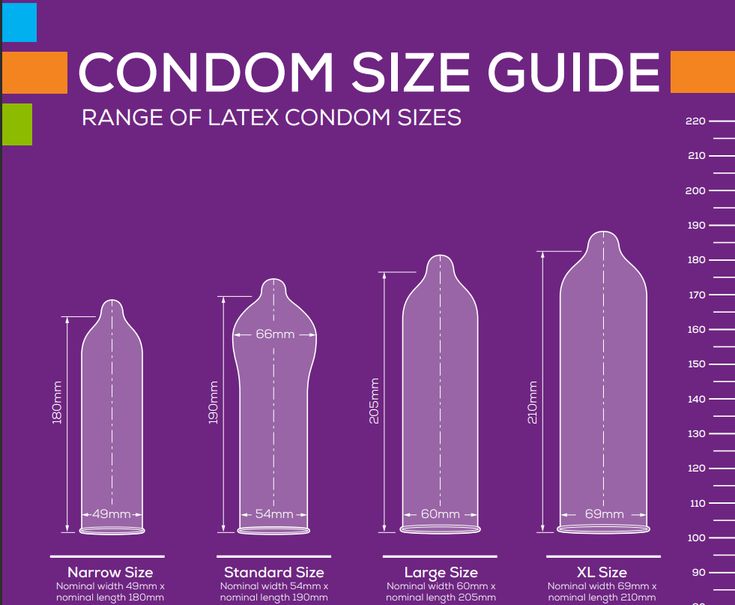Red Light Therapy: Multifaceted Benefits and Potential Applications
I. Working Principle
II. Potential Benefits
Relieving Muscle Pain and Inflammation: In a research review on the impact of red light therapy on muscle tissue, it was found that red light may be able to activate, heal, and regenerate damaged muscle tissue. Studies have shown that irradiating muscles with red light before or after exercise helps improve athletes' performance, increase muscle mass gained after training, and reduce inflammation and oxidative stress in muscle biopsies. However, this review also has certain limitations. The studies were selected and analyzed from a single scientific medical database, and the reviewers did not conduct a comparative analysis. Nevertheless, the results are still quite promising and worthy of further investigation.
Revitalizing the Skin: Red light therapy can improve the appearance and texture of the skin. A study involving 136 people showed that this therapy significantly reduced fine lines, wrinkles, and skin roughness and increased collagen density, with a high patient satisfaction rate. It should be noted that this trial was funded by a phototherapy manufacturer, so further research is needed. Another study also found evidence supporting its safety and effectiveness for the skin. Red light therapy can trigger specific cell signaling pathways, enhancing cell repair, especially in hypoxic or stressed skin cells, thereby improving the overall appearance of the skin.
Improving Acne: Studies have shown that when red light therapy is applied to the skin, it can reduce inflammation and promote the renewal of keratinocytes, which are the most common skin cell types that make up the structure of our skin's surface layer. There are also studies showing that the combination of red and blue light therapy has a good effect on mild to moderate acne. However, the long-term effect of red light on acne and the effect of using red light to treat severe acne still require more research.
Reducing Fat in Certain Areas: Laser-based red light treatment devices are often used in body contouring treatments, aiming to reduce fat accumulation in the arms, buttocks, thighs, and abdomen. However, the clinical results are mixed. Some studies show significant results, while others show no significant difference. Moreover, some studies have industry funding or methodological flaws, so more evidence is needed to confirm this benefit.
Alleviating Symptoms of Androgenetic Alopecia: A meta-analysis of 11 studies involving 667 people found that red light therapy can improve hair density and thickness with minimal side effects, and treatment for less than one hour per week is the most effective. Most studies used red light with a wavelength of 630 - 660 nanometers (nm), and some used dual-wavelength devices. However, 9 out of the 11 randomized controlled trials were funded by manufacturers, and in 7 of the 11 trials, one or more study authors had a direct commercial interest in the tested device. Only one study that claimed no conflict of interest reported participants' self-assessment data, which indicated that there was no clinically significant difference in the perception of change. Therefore, further research is needed.
Aiding Wound Healing: Many studies on the impact of red light therapy on wound healing have been conducted. A review of four studies involving 131 patients with diabetic foot ulcers found that red light therapy showed positive treatment effects and no major side effects, suggesting that it may be effective in treating diabetic foot ulcers and other wounds.
Treating Traumatic Brain Injury and Other Brain Disorders: Studies have found that patients with chronic mild traumatic brain injury (mTBI) reported improved sleep and reduced symptoms of post-traumatic stress disorder (PTSD) after receiving red and near-infrared light irradiation on the scalp. The participants also reported improvements in their social, interpersonal, and professional abilities. Another study showed that red light therapy on the head can improve the symptoms of traumatic events (stroke, traumatic brain injury, and global ischemia), degenerative diseases (dementia, Alzheimer's disease, and Parkinson's disease), and mental disorders (depression, anxiety, and PTSD). This therapy may also improve the cognitive function of people without these diseases or disorders.
III. Negative Impacts
IV. Treatment Implementation
Scan QR code and push to mobile phone access.
Copyright Notice: This article is published by TIFETIPS, if you need to reprint, please indicate the source.



